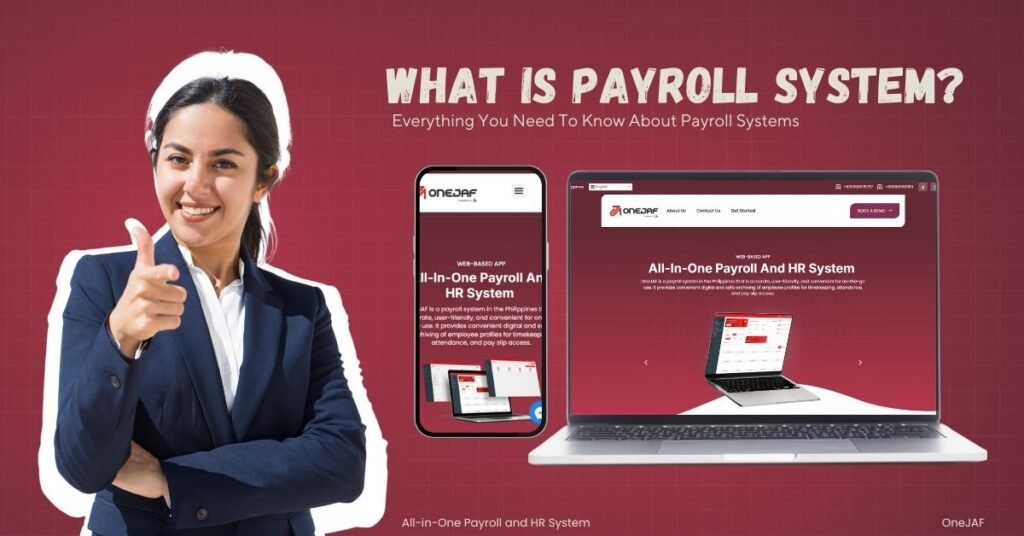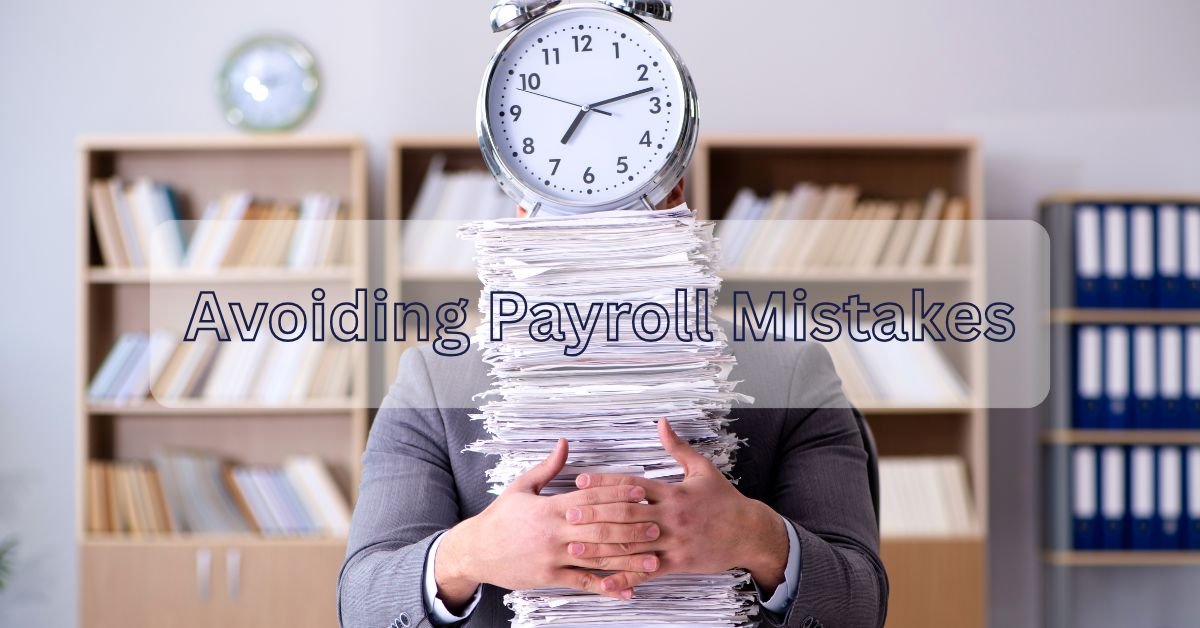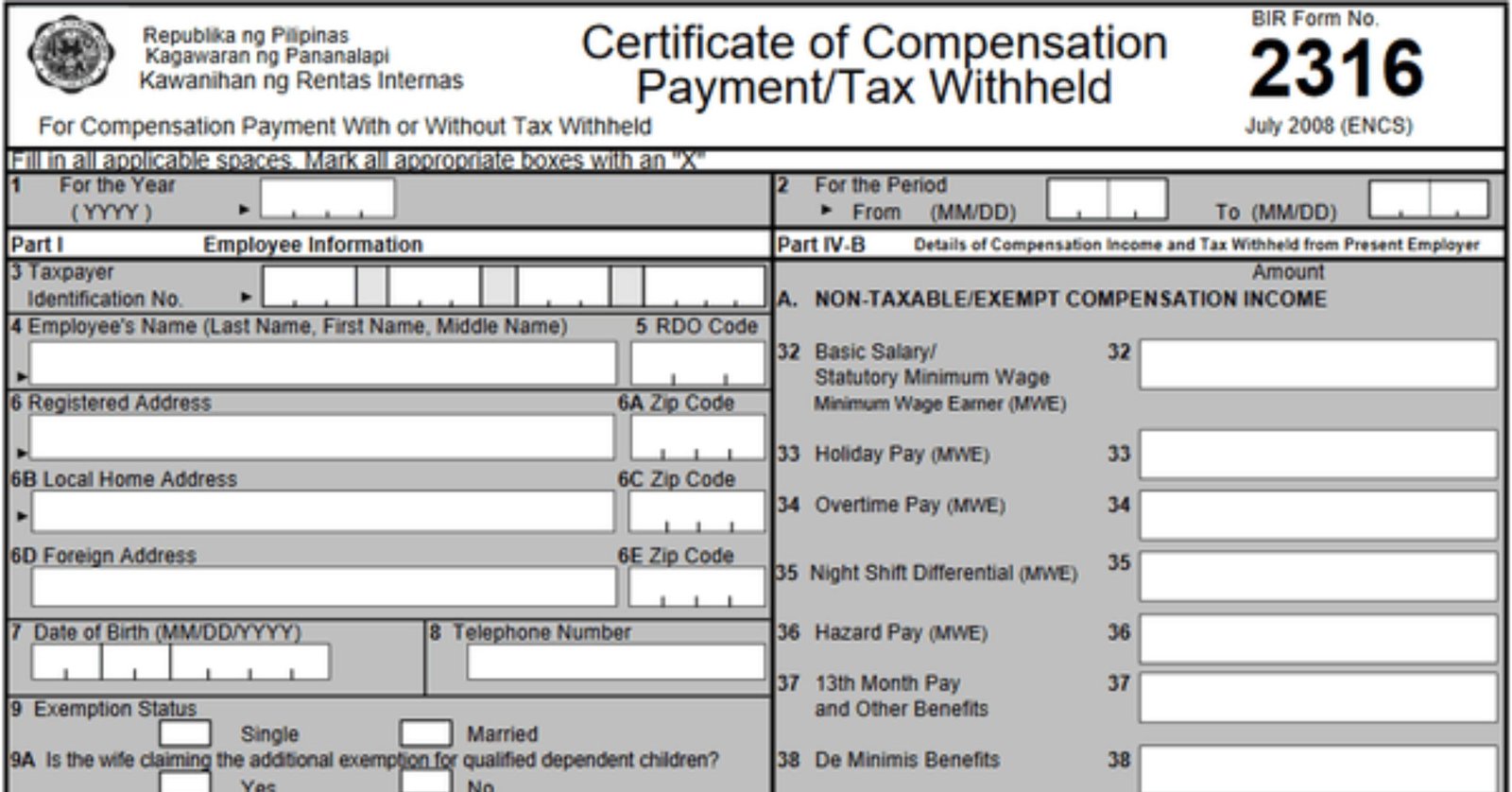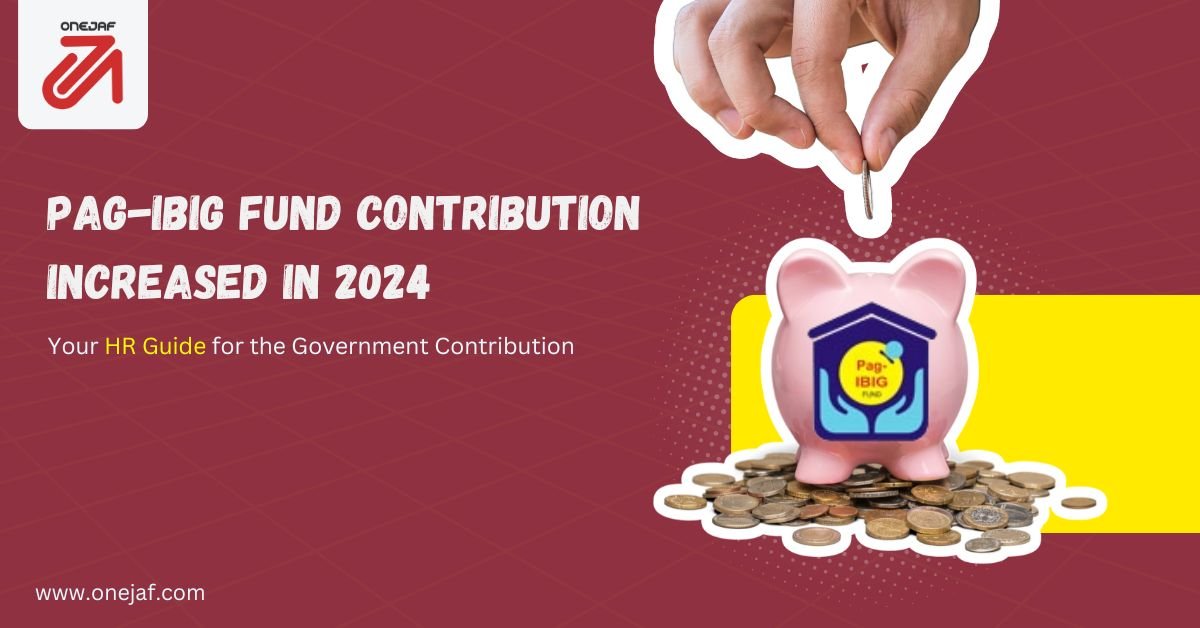Managing payroll is a critical task for any organization. However, many businesses still struggle with manual processes, leading to errors, delays, and employee dissatisfaction. With the rising need for accurate and efficient payroll management, the payroll system has become an essential solution. Let’s explore how a payroll system can address these issues and help organizations streamline their operations.
Table of Content
- What is a Payroll System?
- What is the Main Purpose of a Payroll System?
- Benefits of Having a Payroll System
- What are the Different Types of Payroll System
- How Does Payroll System Help Business?
- How Does Payroll System Help Employees?
- What Should an Organization Look for in Payroll System?
- How to Choose a Payroll System?
What is a Payroll System?
A payroll system is software designed to manage employee payments accurately. It automates tasks such as calculating salaries, deducting taxes, and generating payslips. By simplifying these processes, a payroll system reduces the workload for HR teams and ensures employees are paid on time.
What is the Main Purpose of a Payroll System?
The primary purpose of a payroll system is to ensure accurate and timely compensation for employees. It tracks attendance, calculates wages, and applies necessary deductions or benefits. Additionally, it helps businesses stay compliant with tax laws and regulations, avoiding penalties.
Benefits of Having a Payroll System
Investing in a payroll system comes with many advantages:
- Accuracy: Reduces the risk of errors in calculations.
- Efficiency: Saves time by automating repetitive tasks.
- Compliance: Ensures adherence to tax and labor laws.
- Employee Satisfaction: Provides timely and accurate pay, boosting morale.
A payroll system is not just a tool—it’s a long-term investment that supports growth and stability.
What Are the Different Types of Payroll Systems?
There are several types of payroll systems available, depending on business needs:
1. Manual Payroll Systems
This is like doing homework with pen and paper. You calculate paychecks by hand and keep track of hours worked, taxes, and deductions on paper or spreadsheets. It’s okay for tiny businesses, but it can be tricky because mistakes are easier to make.
2. In-House Payroll Software
Imagine having a computer program at your office that helps you do the math for everyone’s pay. You download and install the software, and your team uses it to manage payroll. It’s faster than doing it by hand, but you have to make sure it’s always updated and working.
3. Cloud-Based Payroll Systems
This system works on the internet, kind of like using Google Docs. You can check and manage payroll from anywhere, even if you’re not at the office. It’s great for teams working in different places because all the information is stored online.
4. Outsourced Payroll Services
This is like asking a tutor to help you with homework. You hire another company to handle all the payroll work for you. They take care of everything, including taxes and reports, which is super helpful for big or busy businesses.
Choosing the right payroll system depends on your company size, budget, and requirements.
How Does Payroll System Help Businesses?
A payroll system simplifies payroll management and boosts efficiency in businesses. It minimizes errors, saves time, and ensures compliance with tax laws. Additionally, it provides detailed reports that help business owners make informed decisions. For growing businesses, a payroll system is crucial for handling increasing administrative tasks.
How Does Payroll System Help Employees?
Employees benefit significantly from a reliable payroll system. They receive accurate and timely salaries, which fosters trust and satisfaction. Moreover, payroll systems offer transparency by providing access to digital payslips and tax deductions. This reduces confusion and ensures employees understand their compensation.
What Should an Organization Look for in a Payroll System?
When choosing a payroll system, organizations should consider these factors:
Ease of Use
Think about how easy it is to use. Imagine if your notebook was super messy or your pencils kept breaking—it would be hard to do your homework! The same goes for payroll systems. Companies need a system that’s simple and easy to understand so employees can get their paychecks without confusion or delays.
Scalability
What happens when you grow out of your clothes or shoes? You need something bigger, right? A payroll system should work the same way. If a company grows and hires more people, the system should be able to handle the extra work without breaking down.
Compliance Features
Companies have to follow rules, just like you have to follow classroom rules. Payroll systems should help with this by keeping up with tax laws and other important rules automatically. It’s like having a teacher remind you what to do so you don’t get in trouble.
Integration
Have you ever used crayons that work really well with your coloring book? That’s what integration is like. The payroll system should work smoothly with other tools the company already uses, like HR or accounting software. This way, everything works together like one big, happy team.
A well-selected payroll system will align with the organization’s specific needs and future goals.
How to Choose a Payroll System?
To select the best payroll system, follow these steps:
1. Assess Your Needs
Start by figuring out what your business truly requires. Ask yourself:
- How many employees do I have?
- Do I need automated tax calculations and compliance updates?
- Should the system handle benefits, overtime, and bonuses?
- Do I want a cloud-based system for remote access?
Write down these requirements so you can easily compare systems later. Think of it as making a checklist for school supplies—you don’t want to forget anything important.
2. Set a Budget
Decide how much your business can afford to spend. Payroll systems can range from free tools (for small startups) to premium software for larger businesses. Be realistic about what you can afford while considering the long-term value. Remember, the cheapest option isn’t always the best if it lacks key features.
3. Research Options Online
Use Google to explore the different payroll systems available. Search for terms like:
“Best payroll systems for small businesses”
“Top cloud-based payroll software 2024”
“Affordable payroll systems for [your industry]”
Read reviews on sites to learn what other businesses are saying. Pay attention to ratings, user feedback, and specific features. Make a shortlist of 3-5 systems that stand out to you.
4. Request Demos or Free Trials
Once you have a shortlist, visit the websites of these payroll providers and sign up for demos or free trials. Testing the system is like trying on shoes—you’ll know if it fits your workflow and feels comfortable to use. During the demo, check:
How easy it is to navigate.
If it meets your must-have requirements.
The quality of customer support during setup.
Take notes and ask questions, like how they handle updates or what support is included.
5. Seek Support and Long-Term Reliability
Choose a provider known for excellent customer service. Look for options with live chat, phone support, and detailed help guides. Imagine if you’re stuck during a busy payroll week—you want help right away, not hours or days later. Check reviews specifically for their support services.
6. Compare and Decide
Now, compare your notes from the demos and research. Consider:
- Does it fit your budget?
- Does it have all the features you need?
- Is it scalable for future growth?
Don’t rush this step. Think of it as picking the best team member to handle a big project—you want someone dependable and efficient.
Investing time in selecting the right payroll system will save you headaches in the long run.
Key Takeaways
A payroll system is vital for any business looking to improve accuracy, efficiency, and compliance. It ensures timely employee payments, boosts morale, and reduces administrative burdens. By understanding your organization’s needs and researching options carefully, you can choose the perfect payroll system to support growth and success.
Simplify payroll management today with the right tools and focus on what truly matters—growing your business.









